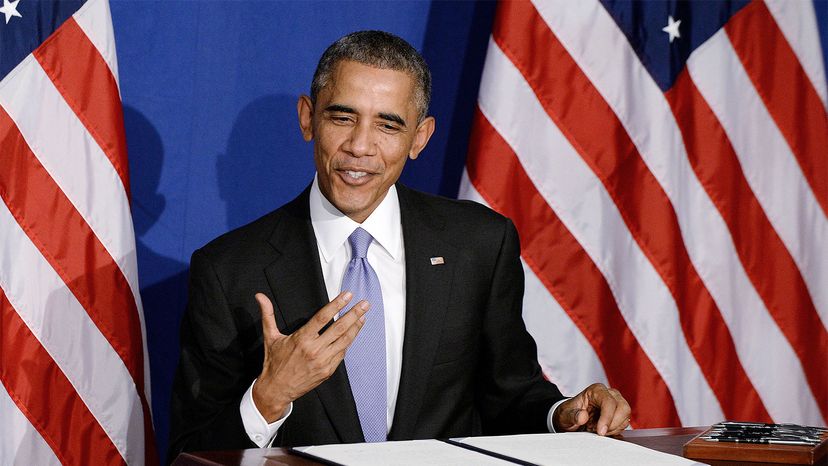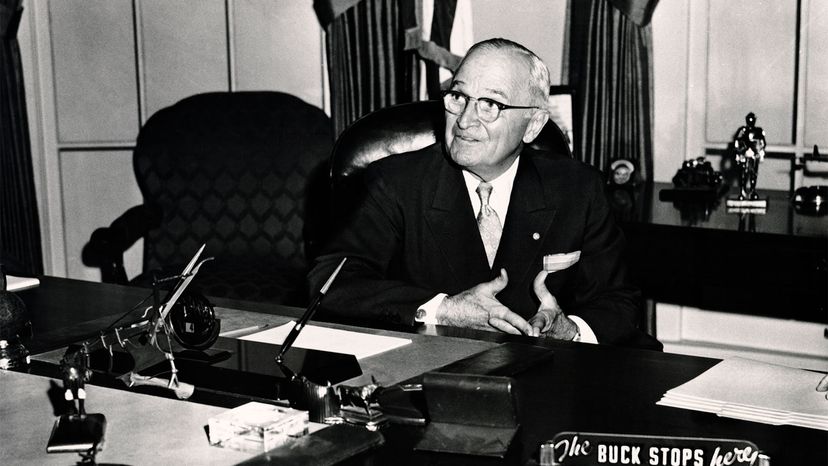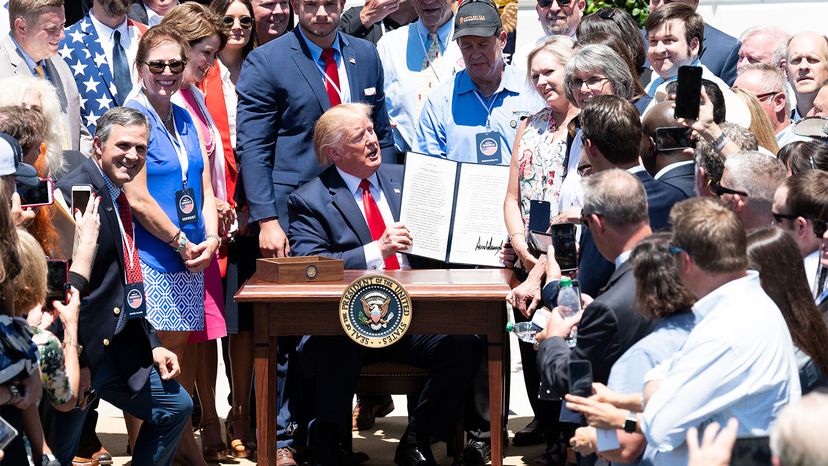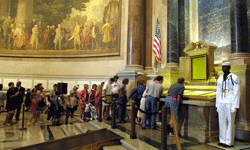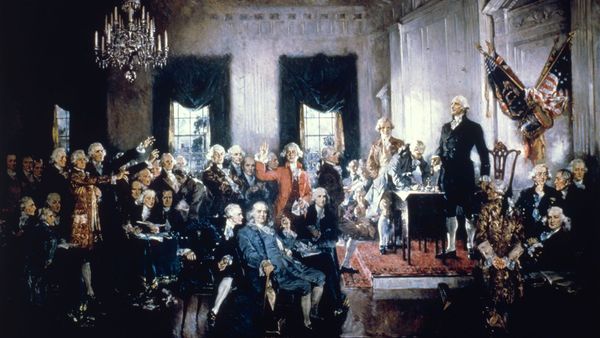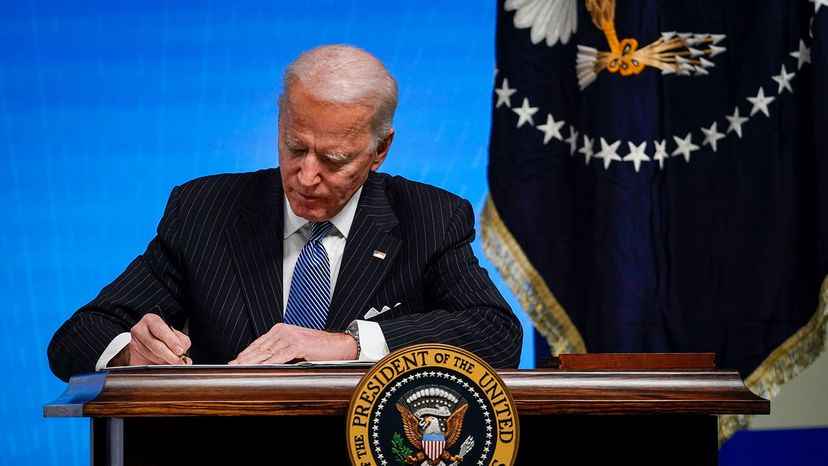
On February 19, 1942, two months after the Japanese attack on Pearl Harbor, President Franklin D. Roosevelt issued Executive Order 9066. In this one-page decree, the president used his authority as the commander-in-chief to authorize the U.S. military to "exclude" 122,000 Japanese Americans — more than half of them U.S. citizens — from their homes and businesses and relocate them to isolated and desolate internment camps [source: Our Documents]. A month later, Congress passed Public Law 503, making it a federal offense to disobey the president's executive order.
An executive order, also known as a proclamation, is a directive handed down directly from a president or governor (the executive branch of government) without input from the legislative or judicial branches. Executive orders can only be given to federal or state agencies, not to citizens, although citizens are indirectly affected by them.
Advertisement
Executive orders have been used by every American president since George Washington to lead the nation through times of war, to respond to natural disasters and economic crises, to encourage or discourage regulation by federal agencies, to promote civil rights, or in the case of the Japanese internment camps, to revoke civil rights. Executive orders can also be used by governors to direct state agencies, often in response to emergencies, but also to promote the governor's own regulatory and social policies.
There is no specific mention of executive orders in the U.S. Constitution. Instead, presidents argue that the power to make executive orders is implied in the following statements contained in Article II of the Constitution:
- "The executive power shall be vested in a President of the United States"
- "The President shall be Commander in Chief of the Army and Navy of the United States"
- "He shall take care that the laws be faithfully executed" [source: Contrubis].
Governors use similar interpretations of their state constitutions to justify the legality of executive orders.
Critics of executive orders argue that these unilateral decrees undermine our trusted system of checks and balances, giving undue authority to the executive branch. For that reason, executive orders are considered a form of "executive legislation" [source: Contrubis]. In recent years, presidents have wielded executive orders as political weapons to push through controversial policies or regulations without Congressional or judicial oversight. Executive orders can be overruled by the courts or nullified by legislators after the fact, but until then they carry the full weight of federal and state law [source: Contrubis].
To better understand the controversial and colorful history of executive orders in the United States, let's start at the beginning, with George Washington himself.
